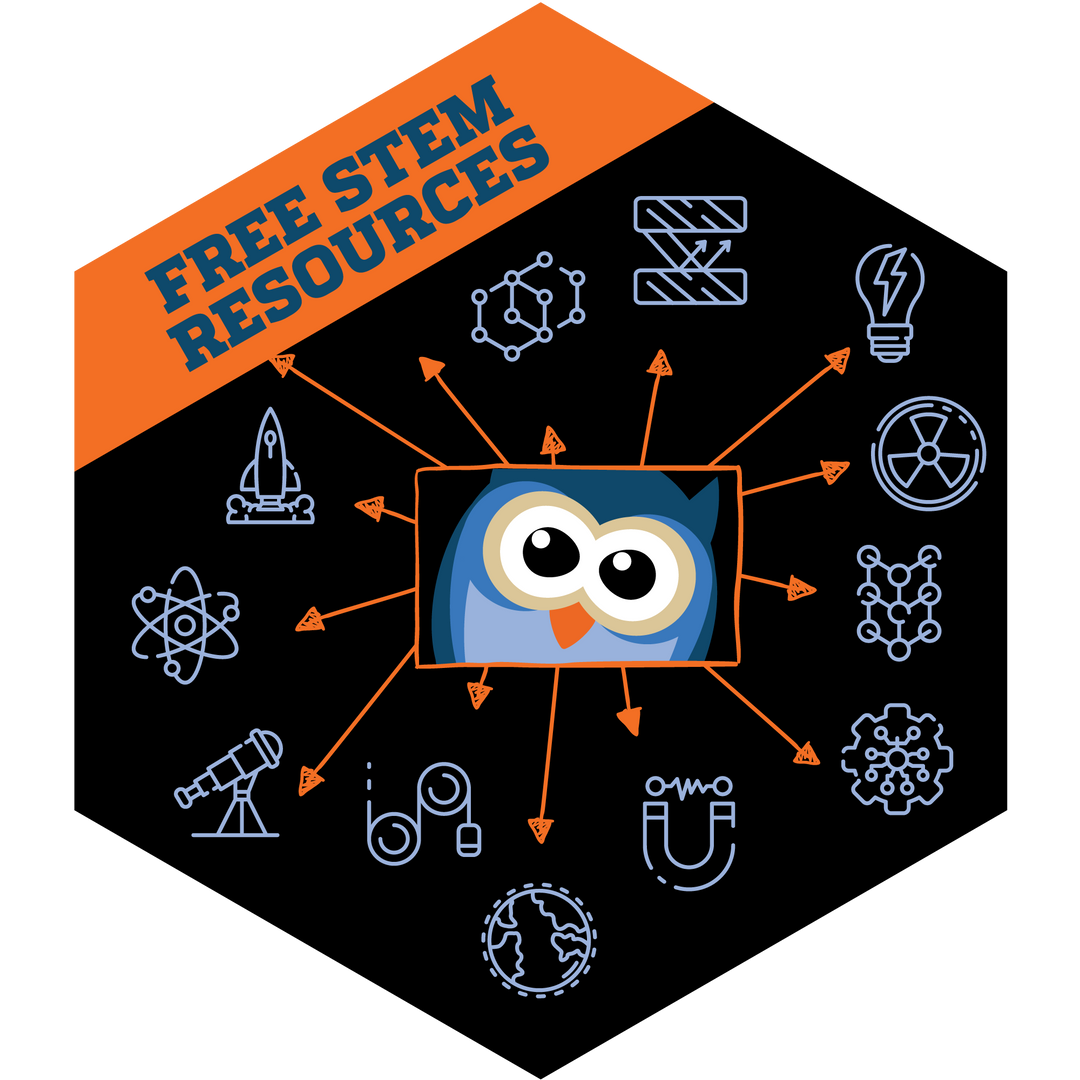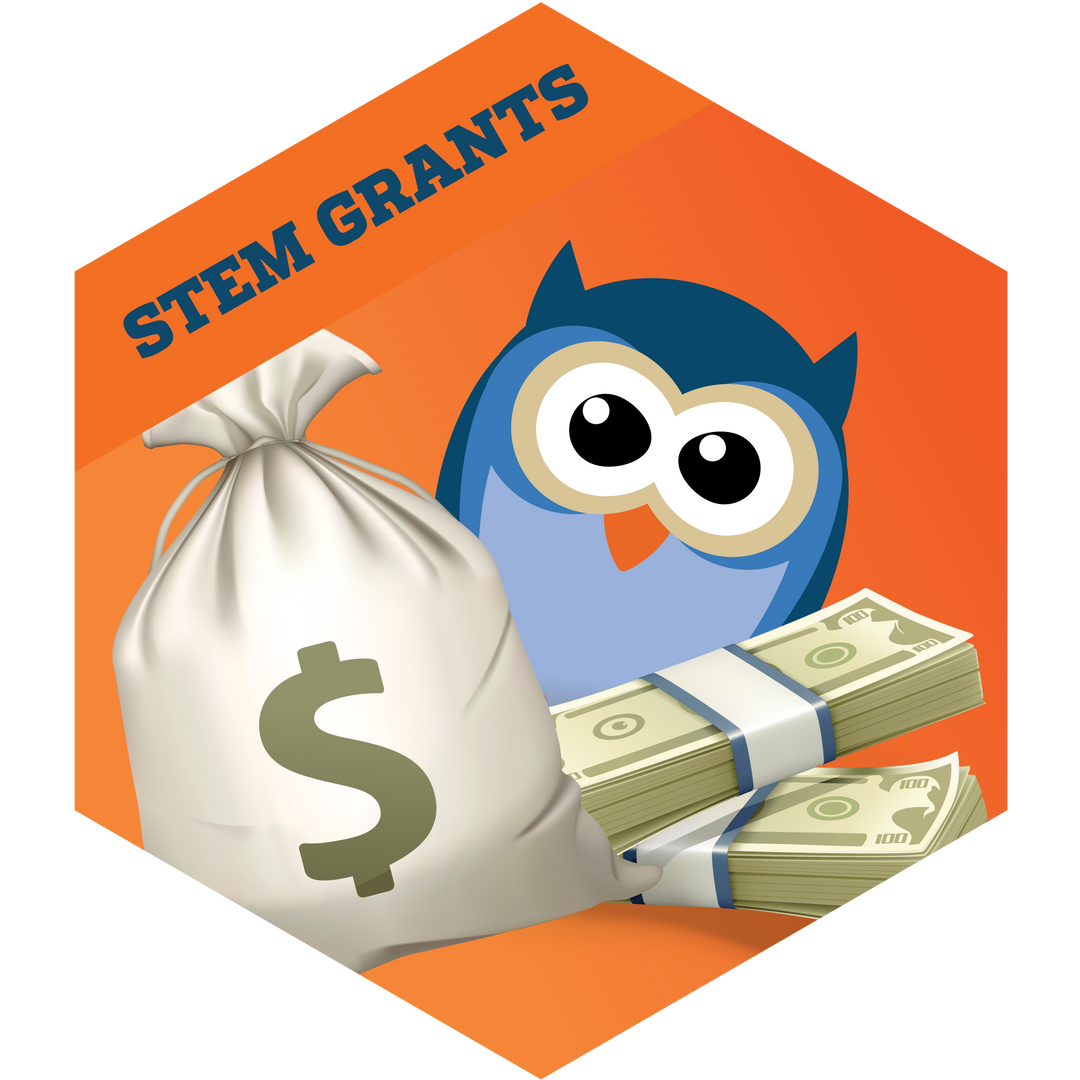Arduino CTC GO! - CORE MODULE FAQs
Arduino CTC GO! - CORE MODULE FAQs
ARE THE HARDWARE AND BOARDS ON WHICH THE KIT IS BASED COMPATIBLE ON CHROMEBOOK?
Yes, the Arduino UNO WiFi Rev2 can be made compatible with the Chromebook by updating its firmware through a Mac, Windows or a Linux machine. You can find a tutorial that explains the process here.
CAN AN ORGANIZATION OR COMMUNITY GROUP RUN THE PROGRAM?
The CTC GO! program is primarily aimed at schools, but any group interested in exploring STEAM disciplines can run it.
WHICH CTC GO! MODULE DO YOU RECOMMEND?
If it is the first time that an organization, school, or educator is purchasing a CTC GO! module, the CTC GO! Core module is the first package that has to be run.
If a school has already gone through this first module, the next modules can be combined in the way that better suits for the curriculum the school is interested in.
IS IT NECESSARY TO BUY ANOTHER TOOLBOX OR ADDITIONAL MATERIALS FOR THE EDUCATORS TRAINING?
No, educators will be trained using the same materials that their students will use later on. Every CTC GO! module toolbox contains all of the materials needed for educators training.
WHAT ARE THE MINIMUM REQUIREMENTS IN THE CLASSROOM?
Schools running the CTC GO! program should have student access to computers with Internet (at least one computer for three students) and the ability to download the required software, a dedicated room that can function as a workshop (or at least a room with tables), and common accessories such as scissors and headphones.
HOW EDUCATORS CAN GET AN EXTRA YEAR ACCESS TO THE ONLINE PLATFORM?
Users receive access to the online platform for a year. Up to 3 educators and 24 students are granted access through accounts that can be activated one time only.
Every module has its own code which will give access to its specific content plus all the previous content where the user was previously registered.
WHAT IS THE CTC GO! TOOLBOXES LIFESPAN? HOW MANY TIMES CAN I REUSE THE TOOLBOX?
The average lifespan of the components included within the different modules of CTC GO! is about 2 years.
WHEN DOES THE ONE-YEAR ACCESS TO THE PLATFORM START COUNTING?
The one-year access to each module starts when you first activate it using the specific code (input your product key). The year period cannot be stopped and resumed later.
HOW MANY STUDENT CONTACT HOURS / SESSIONS ARE RECOMMENDED TO COMPLETE?
Each CTC GO! module is comprised of 8 practical lessons, 6 project building sessions and 6 experimental sessions, making a total of 20 sessions. It is recommended to dedicate 45 - 50 min per session.
IS THERE AN EVALUATION SYSTEM FOR STUDENTS ON THE PLATFORM?
The CTC GO! program does not have its own evaluation system. Each educator can evaluate their class in the way they consider the most appropriate. However, an implementation of the program is recommended through project-based-learning (PBL).
HOW MANY STUDENTS CAN USE THE TOOLBOX OF EACH MODULE?
They include Arduino boards and EDU shields (just within the Core module), components and platform access for a class of up to 24 students to work simultaneously in groups in a project based manner. However, we recommend working in groups of 3 students.
HOW MANY ARDUINO UNO WIFI BOARDS DOES THE TOOLBOX INCLUDES?
There are eight Arduino UNO WiFi boards in the CTC GO! Core module toolbox, which will be used for the next upcoming modules as well.
WHAT LANGUAGES DOES THE ONLINE PLATFORM SUPPORT?
The CTC GO! online platform itself is currently available in English, Spanish, German, Portugese, Italian and French.
HOW CAN THE CTC GO! PROGRAM BE INCORPORATED INTO THE CURRICULUM?
CTC GO! Allows to work cross curricular and involve different subjects that can be introduced while working with the program itself. This approach provides the perfect opening for going into more theoretical and practical depth on a wide range of subjects. Technology, maths and physics are given subjects for the cross curricular CTC GO! approach, but educators are also encouraged to apply associated parts of it to other areas of the desired curriculum.
This allows educators to incorporate time from several subjects at their school, and bring the school out of the subject locked activities, and into the creative cross curricular ecosystem.



